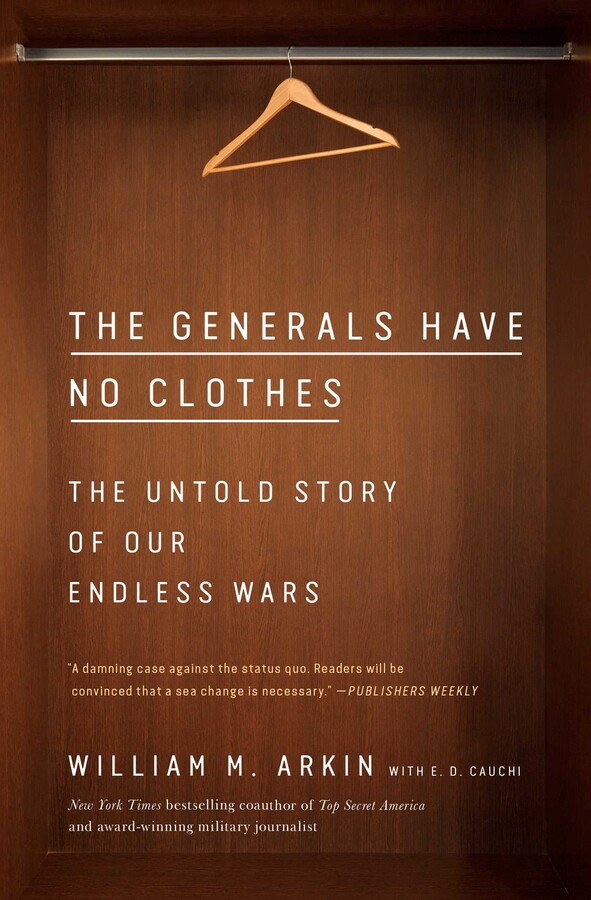On the evening of March 9, 1945, the United States sent an armada of B-29 Superfortresses toward Japan, which for months had resisted surrender, even as a naval blockade brought much of the population to the brink of starvation. The B-29s were headed for Tokyo, and carried napalm, chosen for the mission because so many of the city’s inhabitants lived in houses made of wood. The bombing ignited a firestorm that sent smoke miles into the sky; the glow was visible for a hundred and fifty miles. In six hours, as many as a hundred thousand civilians were killed, and a million others were left without homes. In the words of the raid’s architect, Major General Curtis LeMay, the Japanese were “scorched and boiled and baked to death.” Five months later, the United States bombed Hiroshima and Nagasaki, and Japan surrendered.
If the U.S. undertook such a campaign these days, worldwide revulsion would be intense and long lasting. In the past half century, war waged by states has become more humane. Shifting international standards, codified in treaties like the Geneva Conventions, have mirrored a trend among military commanders to choose targets carefully, and to spare civilians whenever possible. Improvements in bomb accuracy have made it easier to focus on military targets.
Most people would consider this a positive development. Samuel Moyn, a professor of history and of jurisprudence at Yale, believes that we have less to celebrate than we might imagine. In his book “Humane: How the United States Abandoned Peace and Reinvented War” (Farrar, Straus & Giroux), he suggests that this new form of warfare is so civilized that it has reduced our incentive to stop fighting. “The American way of war is more and more defined by a near complete immunity from harm for one side and unprecedented care when it comes to killing people on the other,” he writes. “America’s military operations have become more expansive in scope and perpetual in time by virtue of these very facts.” Ours is an era of endless conflict, whose ideal symbol is the armed drone—occasionally firing a missile, which may kill the wrong people, but too far removed from everyday American life to rouse public objections.

